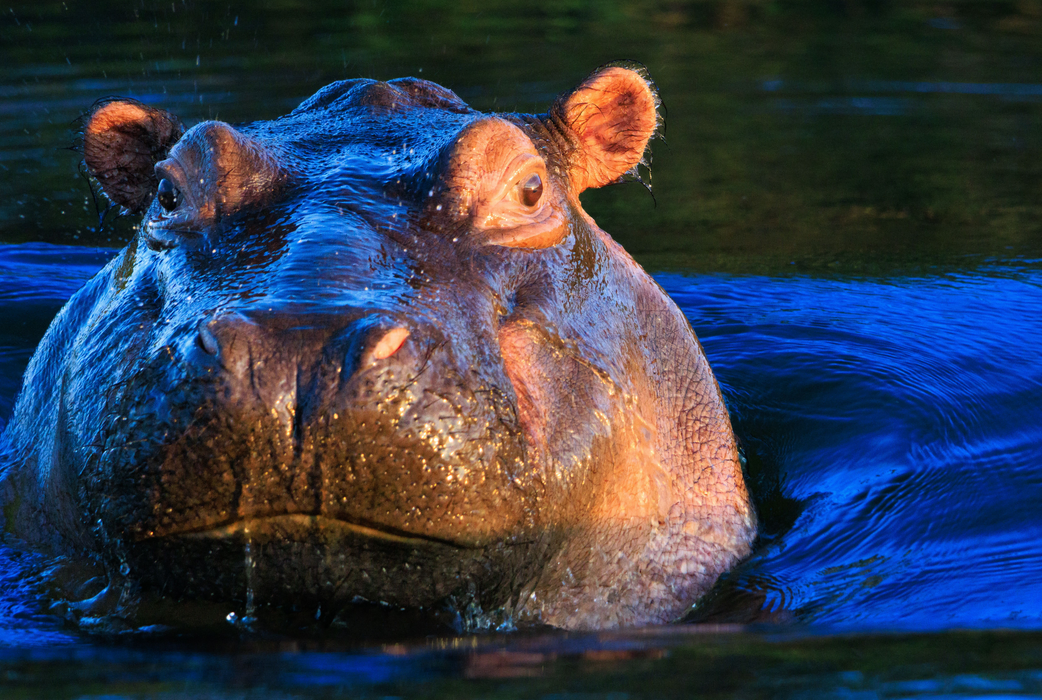It begins with the usual montage of environmental catastrophe: crashing glaciers, devastating storms, widespread drought, pollution-choked skies. All of it coming so fast, it triggers the usual knee-jerk helplessness and hopelessness, especially at a moment when “Drill Baby Drill” has been adopted as a kind of vindictive political motto.
But Matthew R. Brady’s documentary “Escape from Extinction: Rewilding” soon moves to succinct stories of uplift and hope in helping to successfully change the course of what scores of talking heads warn is coming: the possible extinction of 1 million species in the coming year.
Experts lined up to talk about the various programs amid the fast-moving, often beautifully shot clips, and each of them have more urgency in their voice than the film’s big name narrator — none other than multiple Oscar winner Meryl Streep, whose familiar voice lends an assuring (if sometimes too soothing) tone to the reports.
Many of these reports have to do with the titular process of rewilding – re-introducing species back to their natural habitat after they’ve been nearly wiped out, or have been protected in zoos.
Humanity’s efforts often have unintended consequences, it turns out, when trying to introduce species to deal with one problem, only to spark another. That’s what happened when Australia brought in foxes to deal with exploding populations of rabbits only to find that they’d rather go after easier targets, like the now-endangered native bandicoot.
Drug kingpin Pablo Escobar’s importation of hippos to his personal zoo in Colombia and subsequently escaped has led to an over abundance of the dangerous animal, causing a threat to the populations.
Likewise, after the decline of Asiatic cheetahs in India, there was an attempt to bring in African cheetahs who might have similar spots, but are slightly different species, some of whom don’t survive, while others continue, as the rewilding effort continues with better monitoring.
One key to returning species to the wild is giving them space in refuges away from poachers, of course, but also from people and their crops that they may harm. At the same time, compromises are struck such that local communities can see how they benefit from the tourism that results from having healthy wildlife coexistence.
Trophy hunting isn’t entirely targeted — some say that bringing in tourism dollars to shoot at some of the older big game who will die soon anyway may not be a problem.
It’s not all about animals, though; seagrasses in Florida are replanted and algae is vacuumed up to as a way to regulate carbon dioxide in the ocean even as it helps manatees survive and balances the ecosystem.
The abundance of these positive stories add up to create that most unusual environmental documentary — not one of dire distress, but one of hope.
“Escape from Extinction: Rewilding” opens in theaters Friday.
